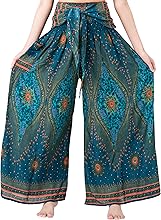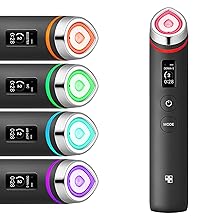
How much microplastic is settling in Whitehorse each day? Researchers are just starting to find out
CBC
The results are in for a study in Whitehorse looking at the amount of microplastics in the city's air.
Based on the Yukon University's findings, an average of 10 microplastic fibres per square metre settle on Whitehorse each day — about the equivalent of around 4,238 single-use 500 millilitre plastic bottles.
Research over the last several years has highlighted microplastic pollution in oceans. This new research, published in October, took a look at how those tiny plastic fibres are affecting Whitehorse's air quality.
Yukon University instructor John Postma, who led the research, says though the finding on microplastics in the air in the city may seem like a lot, it's not as bad as in other large cities globally.
Postma spoke with CBC's Paul Tukker about the results of the study.
This interview has been edited for length and clarity.
Can you put this in a bit of perspective for us? Is 10 microplastic fibers per square meter per day settling in the city a lot?
It seems like a lot, but on global standards, it is actually quite good. Large mega-cities like Paris and London and Dongguan, China — they're up in the hundreds, like 700 per square meter per day. So we're doing a lot better than that. More remote areas — the French Pyrenees — they were, for particles of this size ... at 36. So you know, worldwide, we're doing well … It's not too bad, but it'd ideally be zero.
Back up a little bit and tell us why you wanted to measure this in the first place. What were you hoping to accomplish as you began this project?
We as a worldwide society are starting to recognize the hazards of microplastics. And they're not well studied yet. And we're starting to implement mitigation strategies for plastic pollution, such as the plastic bag ban at grocery stores. But it's very hard to measure the success of those mitigation strategies if we don't have a baseline.
So, one of the goals of this project was to establish a baseline for microplastic pollution — airborne mircoplastic pollution — in Whitehorse.
So how did you go about doing that?
We switched to a different [microplastics] collector in 2021, which could handle the winter. Basically, they're just metal cans that collect stuff [that] fall into them. So we're all familiar with dust settling on our counters, and inside our car dashes and stuff. Basically, this is just a little trap that catches them — there's water in the bottom, so they can't fly out again.
Then we filter those samples every month, and then look at them under a microscope. There's a bunch of criteria we follow to see if it's microplastic, or inorganic fibre. That's subject to bias as pretty much everything humans do is. So then we use a hot needle. And we, under the microscope, put a very hot needle to these fibres and if it's plastic, it'll melt. And if it's an organic fibre, it'll burn and just disappear.





















 Run 3 Space | Play Space Running Game
Run 3 Space | Play Space Running Game Traffic Jam 3D | Online Racing Game
Traffic Jam 3D | Online Racing Game Duck Hunt | Play Old Classic Game
Duck Hunt | Play Old Classic Game